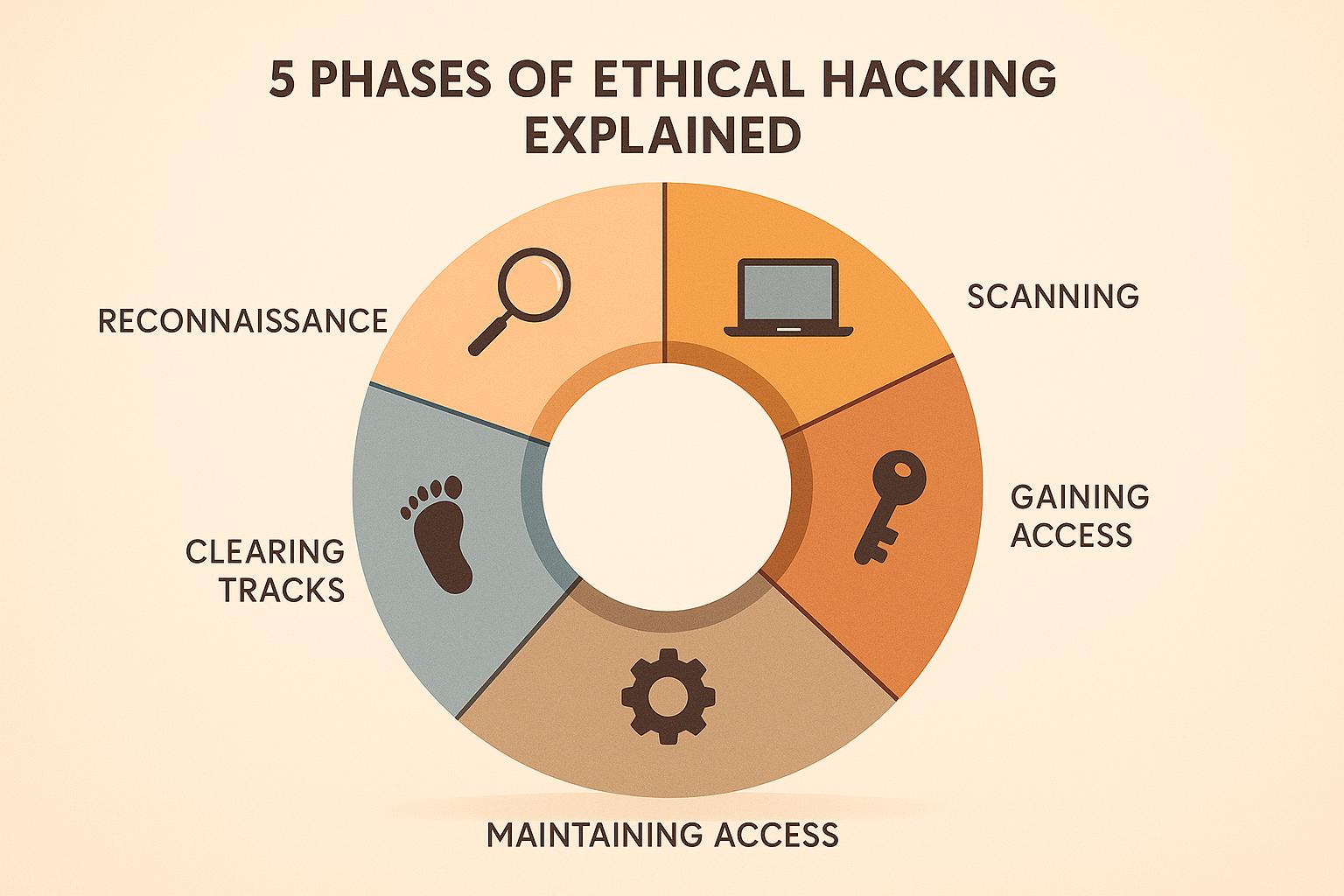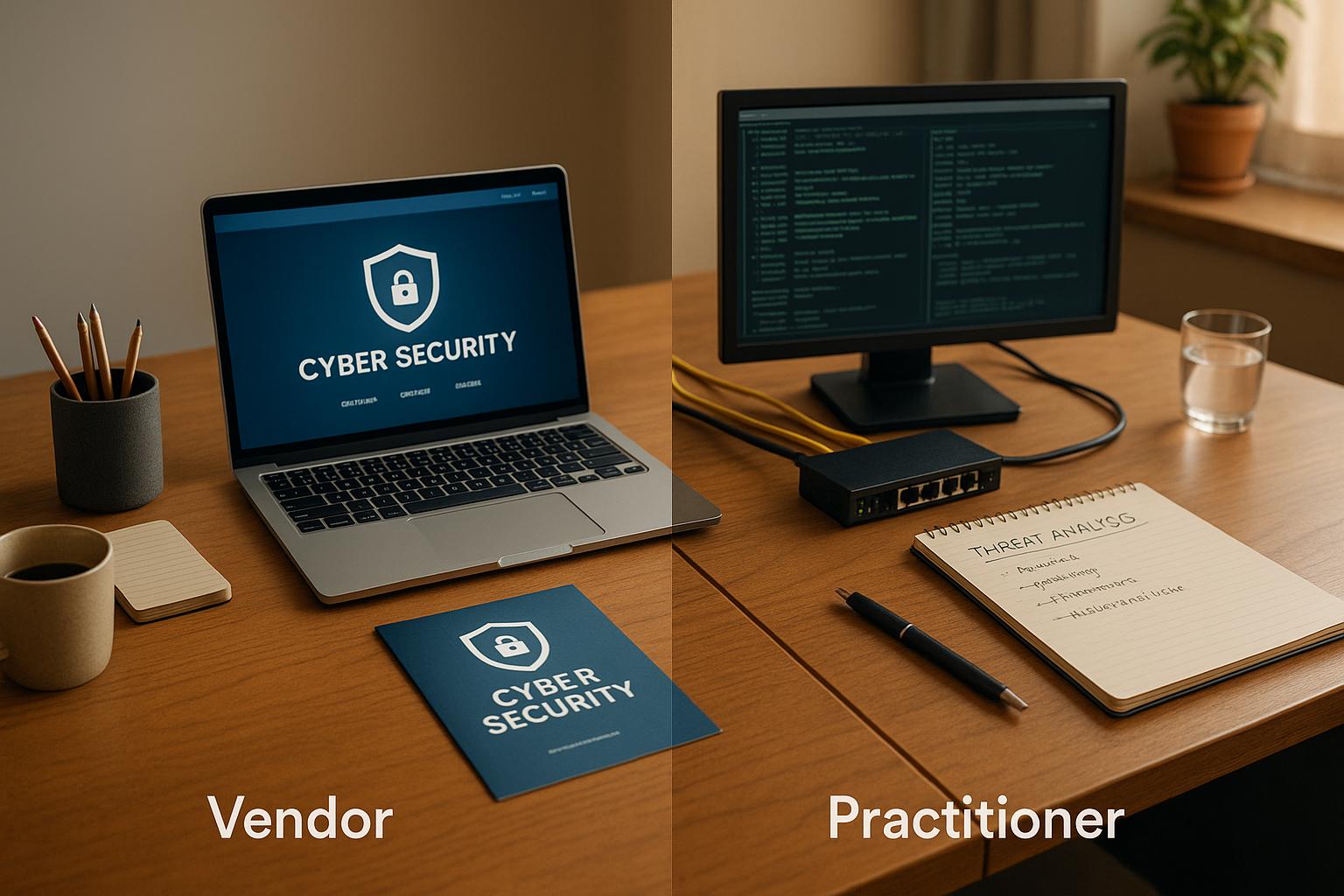Unlock the Power of Text Transformation with Our Encryption Converter
Ever wondered how secret messages are made or unraveled? Text encryption is a fascinating world, blending history, math, and modern tech. Our online tool lets you dive into this space by transforming your messages with classic methods like the Caesar Cipher or modern encoding like Base64. Whether you’re a student, a hobbyist, or just curious, this is your chance to explore how data can be obscured and revealed.
Why Experiment with Text Encoding?
Playing with a text transformation tool isn’t just fun—it’s educational. You’ll see firsthand how ancient techniques shift letters to create codes and how digital formats scramble data for transmission. It’s a small window into the broader field of cryptography, which underpins everything from secure chats to online banking. Plus, our interface is dead simple: type your message, pick a method, and watch the magic happen. No steep learning curve here.
Start Coding Messages Today
Curiosity doesn’t need a PhD. With just a few clicks, you can turn plain text into something unreadable and back again. Try our Encryption Converter now, and get a taste of how coders and spies think!
FAQs
What is the Caesar Cipher, and how does it work in this tool?
Great question! The Caesar Cipher is one of the oldest encryption tricks in the book, dating back to Julius Caesar himself. It shifts each letter in your text by a fixed number of positions in the alphabet. For example, with a shift of 3, 'A' becomes 'D,' and 'Z' wraps around to 'C.' In our tool, you pick a shift between 1 and 25, and we handle the rest—preserving case and leaving numbers or symbols untouched. It’s a fun way to see basic encryption in action!
Can I use Base64 for serious security purposes?
Honestly, no—Base64 isn’t true encryption; it’s just encoding. It transforms your text into a format that looks scrambled but can be easily reversed by anyone who knows it’s Base64. Think of it as a way to obscure data temporarily, not secure it. Our tool includes it to show how encoding differs from encryption, making it a neat learning experience. For real security, you’d need something much stronger, like AES or RSA.
What happens if I enter an invalid shift for Caesar Cipher?
No worries—we’ve got you covered! If you type something that’s not a number or pick a shift outside the 1-25 range, the tool won’t crash or give you weird results. Instead, you’ll see a friendly error message asking you to fix the input. We keep it simple and clear so you can get back to experimenting without frustration. Just tweak the value, and you’re good to go!


